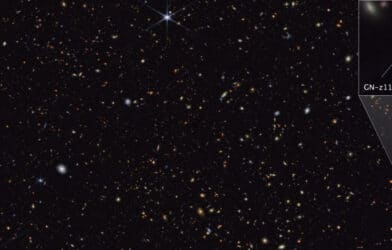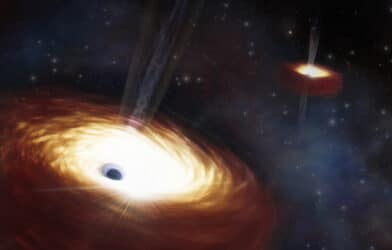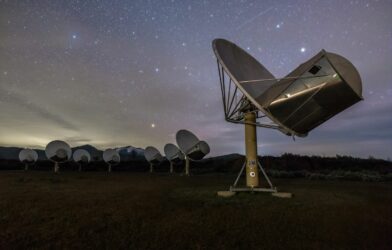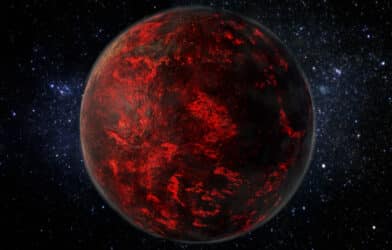The birth of stars has long been a focus of research and a wonder within the minds of astronomers and stargazers alike. Celestial nurseries, known as protostellar disks, hold the key to understanding the intricate processes that shape the universe we inhabit. Recently, a team of researchers from Kyushu University in Japan made a remarkable discovery that challenges our current understanding of star formation due to its “sneezes.” The study is published in The Astrophysical Journal.
Using the Atacama Large Millimeter/submillimeter Array (ALMA), a powerful network of radio telescopes in Chile, Japanese astronomers peered into the heart of a dense core in the Taurus molecular cloud, located approximately 450 light-years from Earth. Their target was MC 27/L1521F, a very low-luminosity protostar embedded within the cloud. What they found was nothing short of extraordinary.
With an unprecedented angular resolution of 0.03 arcseconds, equivalent to discerning a penny from nearly 50 miles away, the ALMA observations revealed a tiny, faint disk encircling the protostar. This disk, measuring a mere 10 astronomical units (AU) in diameter (1 AU is the average distance between the Earth and the Sun), is one of the smallest protostellar disks ever observed. But the surprises didn’t end there.
Upon closer inspection, researchers spotted peculiar spike-like structures protruding from the northeastern edge of the disk. These enigmatic features have never been observed before in such a young stellar system. The discovery of these spikes has left astronomers scratching their heads, as they defy conventional explanations.
“These structures are perpetually penetrated by magnetic fields, which brings with it magnetic flux. However, if all this magnetic flux were retained as the star developed, it would generate magnetic fields many orders of magnitude stronger than those observed in any known protostar,” says first study author Kazuki Tokuda, from Kyushu University’s Faculty of Sciences, in a media release.
One might initially assume that these spikes are the result of the disk fragmenting due to gravitational instability. However, the team quickly ruled out this possibility. The estimated mass of the central protostar is a mere 0.2 solar masses, while the disk itself weighs in at a minuscule 10-4 solar masses. Such a low-mass system is highly unlikely to undergo gravitational fragmentation.
Another potential culprit could be turbulent fragmentation, a process that can lead to the formation of wide binary star systems. Yet, the close proximity of the spikes to the central disk renders this explanation improbable. Furthermore, no signs of additional protostellar companions were detected in the high-resolution molecular line observations.
“As we analyzed our data, we found something quite unexpected. There were these ‘spike-like’ structures extending a few astronomical units from the protostellar disk. As we dug in deeper, we found that these were spikes of expelled magnetic flux, dust, and gas,” explains Tokuda.
So, what could be causing these mysterious spike-like structures? Astronomers propose a fascinating hypothesis involving magnetic fields and a phenomenon known as interchange instability. In this scenario, if the parental molecular cloud core possesses a strong magnetic field, the field lines can become tightly wound up as the core collapses to form the protostar and its disk.
As the magnetic field strength builds up, it can eventually overwhelm the gravitational pull of the protostar, causing the field lines to buckle and snap outward. This violent event, driven by interchange instability, could launch disk material and magnetic fields into the surrounding envelope, creating the observed spike-like features.
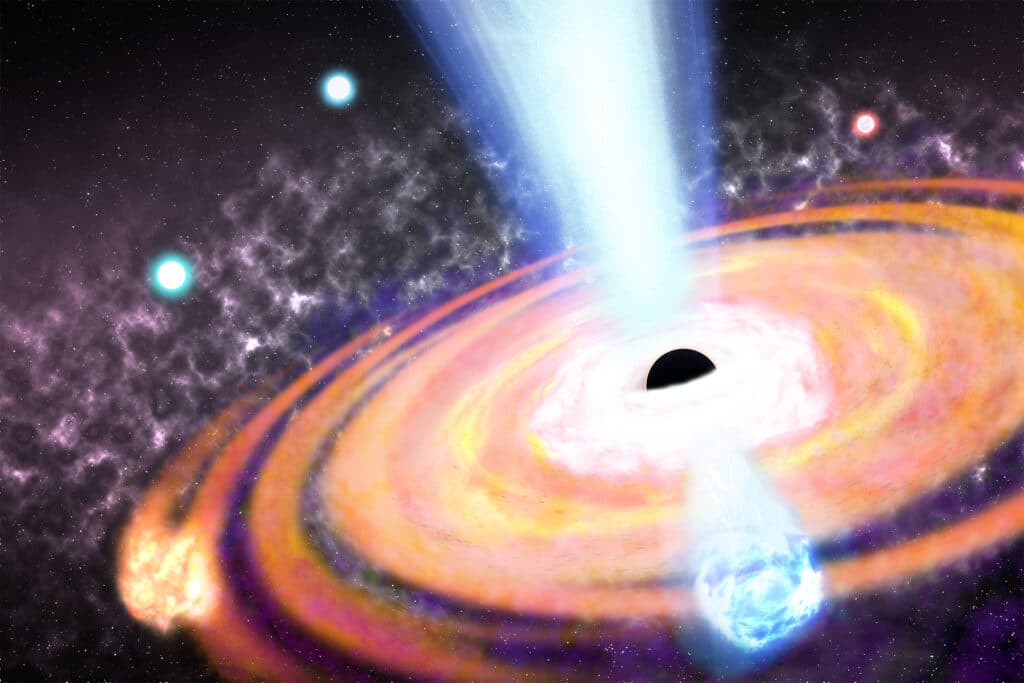
The beauty of this hypothesis lies in its ability to explain not only the small-scale spikes but also larger arc-like structures previously detected around the protostar on scales of a few thousand AU. These arcs, which have puzzled astronomers since their discovery, could be the remnants of past episodes of interchange instability.
The findings of this study have far-reaching implications for our understanding of star and disk formation. They suggest that magnetic fields, often overlooked in simpler models, may play a crucial role in shaping the early lives of stars. Moreover, the detection of interchange instability signatures could provide valuable insights into the evolution of dust grain sizes within protostellar disks, a key factor in planet formation theories.
“Similar spike-like structures have been observed in other young stars, and it’s becoming a more common astronomical discovery,” concludes Tokuda. “By investigating the conditions that lead to these ‘sneezes’ we hope to expand our understanding of how stars and planets are formed.”
-1024x1024.png)

